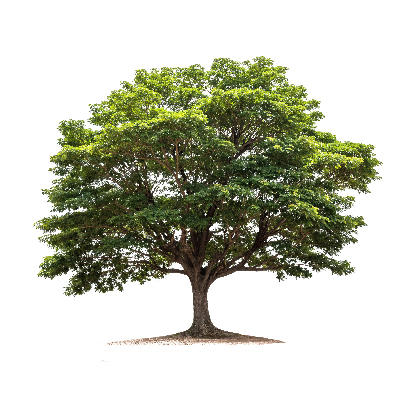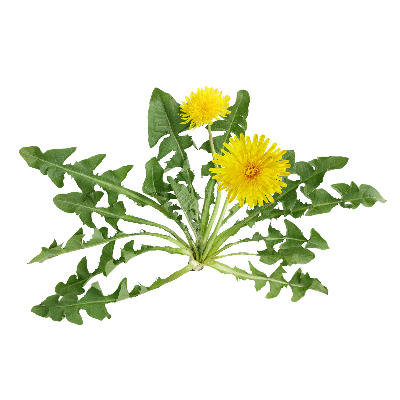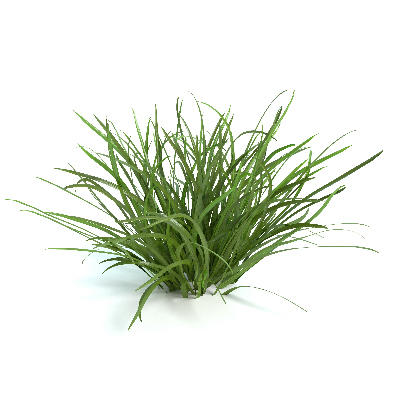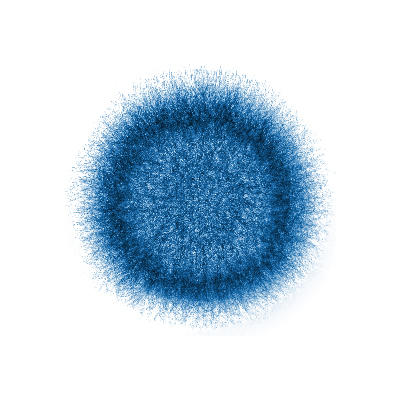Houston Pollen and Mold Count - Monday, April 15, 2024
All counts below are in cubic meter air.

TREE POLLEN
MEDIUM
34

WEED POLLEN
MEDIUM
12

GRASS POLLEN
HEAVY
34

MOLD SPORES
MEDIUM
7,324
Major tree pollen counted
- Acer (Maple): 0
- Alnus (Alder): 2
- Betula (Birch): 0
- Carya (Hickory, Pecan): 8
- Celtis (Hackberry): 0
- Corylus (Hazelnut): 0
- Cupressaceae (Cedar): 0
- Fraxinus (Ash): 4
- Juglans (Walnut): 2
- Liquidamber (Sweet Gum): 0
- Morus (Mulberry): 4
- Pinaceae (Pine): 2
- Platanus (Sycamore): 0
- Populus (Cottonwood): 0
- Quercus (Oak): 8
- Salix (Willow): 0
- Tilia (Linden): 0
- Ulmus (Elm): 2
- Other tree pollen/unknown: 4
Major weed pollen counted
- Ambrosia (Ragweed): 0
- Amaranthaceae (Amaranth): 0
- Artemeisia (Sage): 0
- Asteraceae (Aster): 0
- Cyperaceae (Sedge): 6
- Plantago (Plantain): 2
- Rumex (Sheep Sorel): 4
- Typha (Cattail): 0
- Urticaceae (Nettle): 0
- Other weed pollen: 0
Major mold spores counted
- Algae: 24
- Alternaria: 82
- Ascospores: 3,377
- Basidiospores: 1,166
- Cercospora: 30
- Cladosporium: 2,533
- Curvularia: 2
- Dreshslera/Helminthosporium: 14
- Epicoccum: 40
- Nigrospora: 0
- Oidium/Erysiphe: 24
- Penicillium/Aspergillus: 0
- Periconia: 0
- Pithomyces: 0
- Rusts: 2
- Smuts/Myxomycetes: 28
- Spegazzinia: 0
- Stemphilium: 0
- Tetraploa: 2
- Torula: 0
What the numbers mean
The Houston Health Department laboratory uses an instrument called the Burkard Spore Trap to measure air samples in order to provide a daily report and recorded message for the pollen and mold spore count within the area. The Burkard Spore Trap collects pollen and mold spores 10 liters/ min, 24 hours a day. It is located on the roof of the laboratory.
The following ranges are based on the data reported by all counting stations for weeds, grasses, trees and mold according to the National Allergy Bureau.
Weed pollen is measured per cubic meter of air.
- 1-9 pollen per cubic meter of air or less = Low
- 10 to 49 = Medium
- 50 to 499 = Heavy
- Greater than 500 = Extremely Heavy
Grass pollen is measured per cubic meter of air.
- 1-4 pollen per cubic meter of air or less = Low
- 5 to 19 = Medium
- 20 to 199 = Heavy
- Greater than 200 = Extremely Heavy
Tree pollen is measured during the tree pollen season of mid-January through mid-April. Cedar Elm tree pollen is measured in September and October. All tree pollen types are reported by HDHHS laboratory.
- 1 to 14 pollen per cubic meter of air = Low
- 15 to 89 = Medium
- 90 to 1499 = Heavy
- Greater than 1500 = Extremely Heavy
Mold spores are measured per cubic meter of air.
- 1 to 6499 = Low
- 6500 to 12999 = Medium
- 13000 to 49999 = Heavy
- Over 50000 = Extremely Heavy
The HHD laboratory reports all major types of mold spore irritants.
- Alternaria
- Aspergillus
- Basidiomycetes
- Cladosporium
- Dematiaceous conidia
- Epicoccum
- Drechslera/Helminthosporium
Page last reviewed: April 15, 2024
